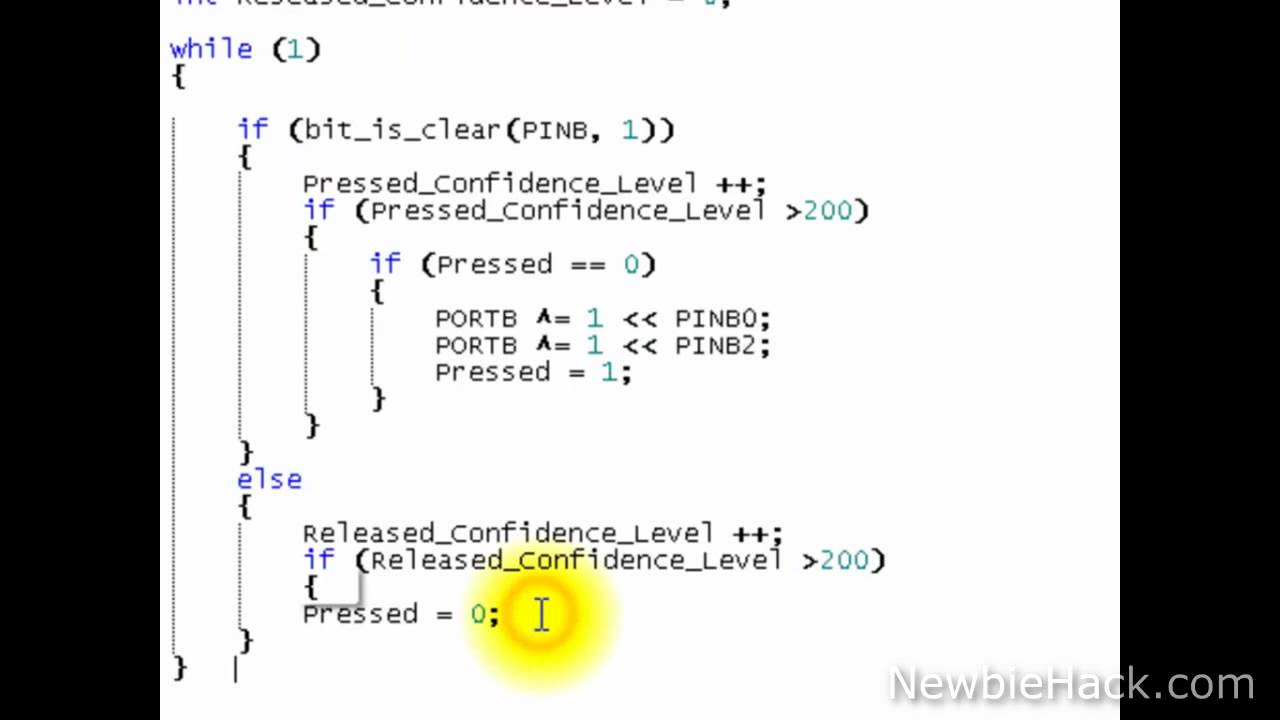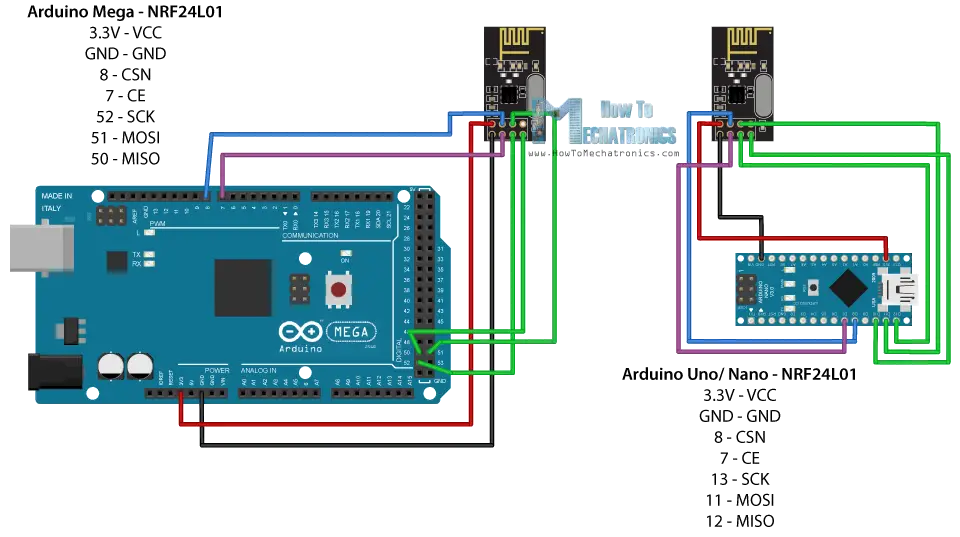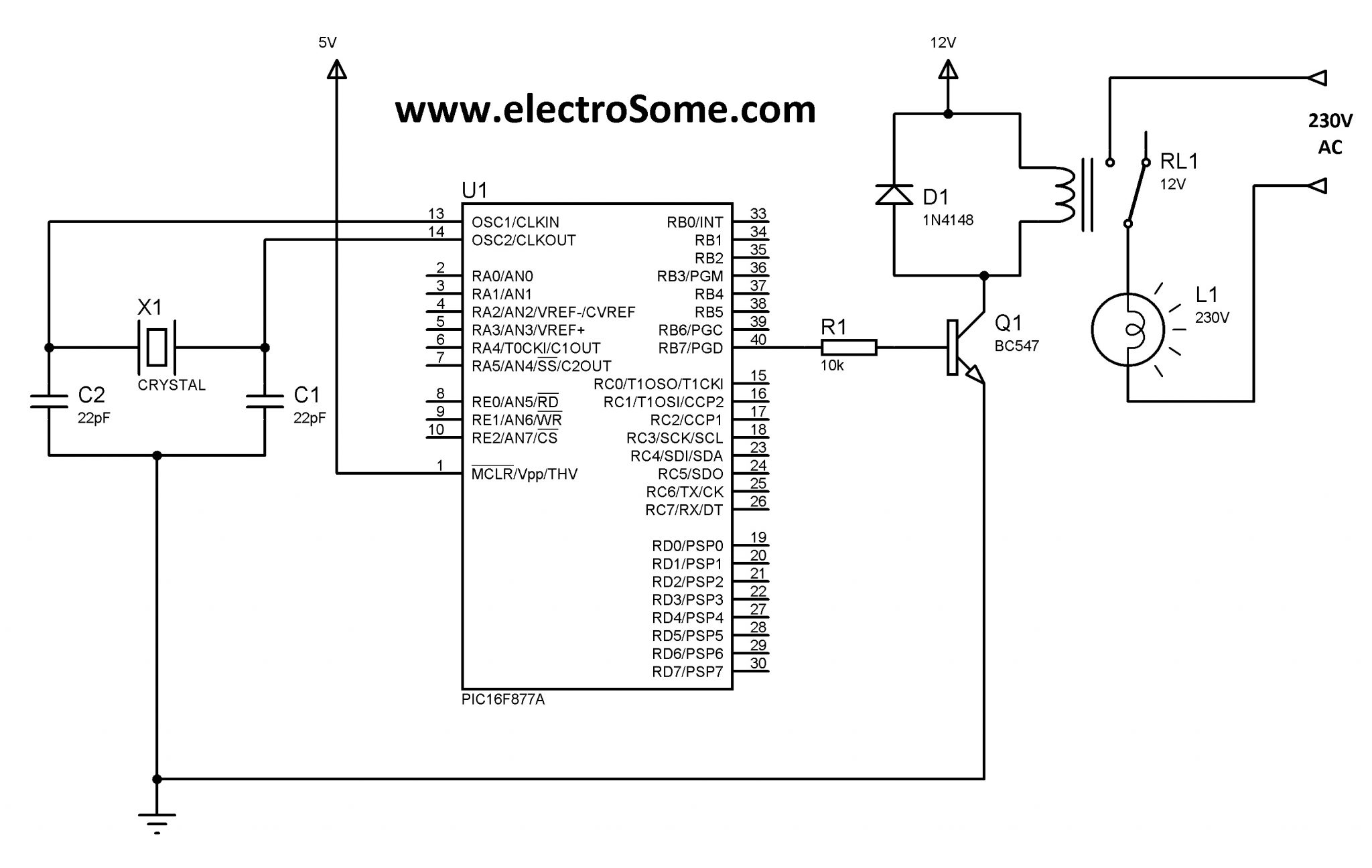Best Way to Interface an ESP32 with an FPGA
In the world of electronics, there are a plethora of development boards available to us that can help us create amazing projects. Two such popular boards are the ESP32 and FPGA (Field-Programmable Gate Array). The ESP32 is a microcontroller-based board known for its Wi-Fi and Bluetooth capabilities, while an FPGA is a programmable chip that can be tailored to suit a wide range of applications. In this article, we will discuss the best way to interface an ESP32 with an FPGA for your next project.
Understanding the Basics
Before we dive into the specifics of interfacing an ESP32 with an FPGA, it’s essential to understand the basics of each board. The ESP32 features a powerful microcontroller, which can be programmed using the Arduino IDE or Espressif’s own SDK. On the other hand, an FPGA is a hardware device that can be programmed to perform specific functions by the user. FPGAs are often used in applications that require high performance and flexibility.
Serial Communication
One of the most common ways to interface an ESP32 with an FPGA is through serial communication. Both boards support various serial communication protocols such as UART, SPI, and I2C. By utilizing these protocols, you can establish a stable and reliable communication link between the two boards. For example, you can use UART to send data from the ESP32 to the FPGA and vice versa.
Using GPIO Pins
Another method to interface an ESP32 with an FPGA is by using GPIO pins. Both boards have GPIO pins that can be configured as input or output pins. By connecting the GPIO pins of the ESP32 to the FPGA, you can send and receive signals between the two boards. This method is straightforward and does not require any additional hardware.
Custom Communication Protocol
If you require a more robust and customized communication link between the ESP32 and FPGA, you can opt for creating your communication protocol. By developing a custom communication protocol, you can tailor the data transfer mechanism to suit your project’s specific requirements. This method provides the flexibility and control needed for complex projects.
Conclusion
Interfacing an ESP32 with an FPGA opens up a plethora of possibilities for creating innovative and sophisticated projects. Whether you choose to use serial communication, GPIO pins, or a custom communication protocol, the key is to understand the capabilities of each board and how they can work together seamlessly. By following the best practices and experimenting with different methods, you can unlock the full potential of your ESP32-FPGA interfacing project.
So, what are you waiting for? Start exploring the world of ESP32-FPGA interfacing today and unleash your creativity!
Best Way to Interface an ESP32 with an FPGA
In the world of electronics, there are a plethora of development boards available to us that can help us create amazing projects. Two such popular boards are the ESP32 and FPGA (Field-Programmable Gate Array). The ESP32 is a microcontroller-based board known for its Wi-Fi and Bluetooth capabilities, while an FPGA is a programmable chip that can be tailored to suit a wide range of applications. In this article, we will discuss the best way to interface an ESP32 with an FPGA for your next project.
Understanding the Basics
Before we dive into the specifics of interfacing an ESP32 with an FPGA, it’s essential to understand the basics of each board. The ESP32 features a powerful microcontroller, which can be programmed using the Arduino IDE or Espressif’s own SDK. On the other hand, an FPGA is a hardware device that can be programmed to perform specific functions by the user. FPGAs are often used in applications that require high performance and flexibility.
Serial Communication
One of the most common ways to interface an ESP32 with an FPGA is through serial communication. Both boards support various serial communication protocols such as UART, SPI, and I2C. By utilizing these protocols, you can establish a stable and reliable communication link between the two boards. For example, you can use UART to send data from the ESP32 to the FPGA and vice versa.
Using GPIO Pins
Another method to interface an ESP32 with an FPGA is by using GPIO pins. Both boards have GPIO pins that can be configured as input or output pins. By connecting the GPIO pins of the ESP32 to the FPGA, you can send and receive signals between the two boards. This method is straightforward and does not require any additional hardware.
Custom Communication Protocol
If you require a more robust and customized communication link between the ESP32 and FPGA, you can opt for creating your communication protocol. By developing a custom communication protocol, you can tailor the data transfer mechanism to suit your project’s specific requirements. This method provides the flexibility and control needed for complex projects.
Conclusion
Interfacing an ESP32 with an FPGA opens up a plethora of possibilities for creating innovative and sophisticated projects. Whether you choose to use serial communication, GPIO pins, or a custom communication protocol, the key is to understand the capabilities of each board and how they can work together seamlessly. By following the best practices and experimenting with different methods, you can unlock the full potential of your ESP32-FPGA interfacing project.
So, what are you waiting for? Start exploring the world of ESP32-FPGA interfacing today and unleash your creativity!



